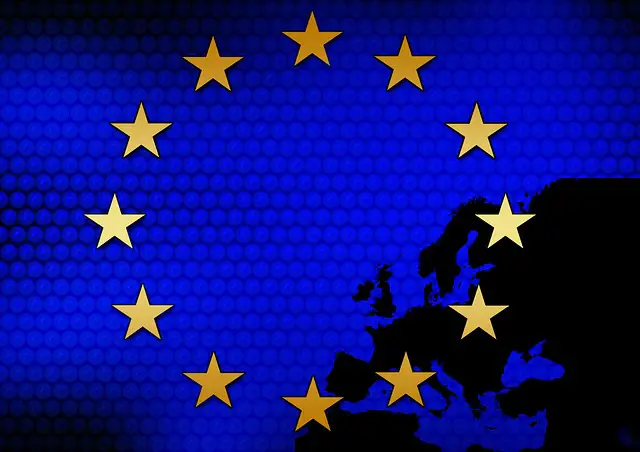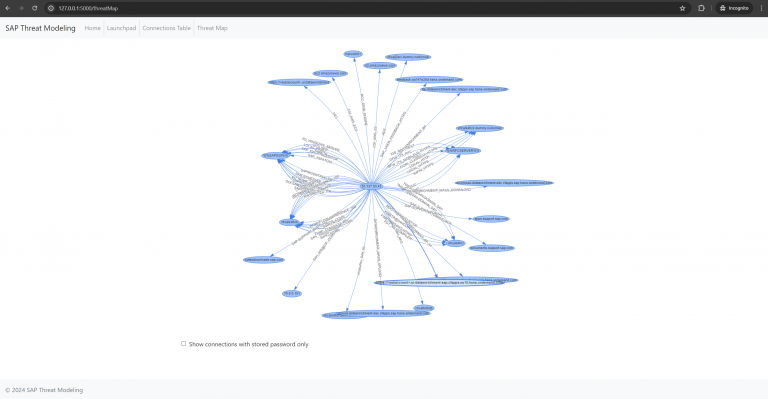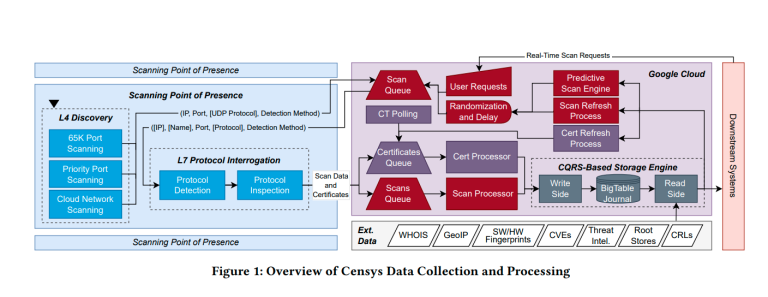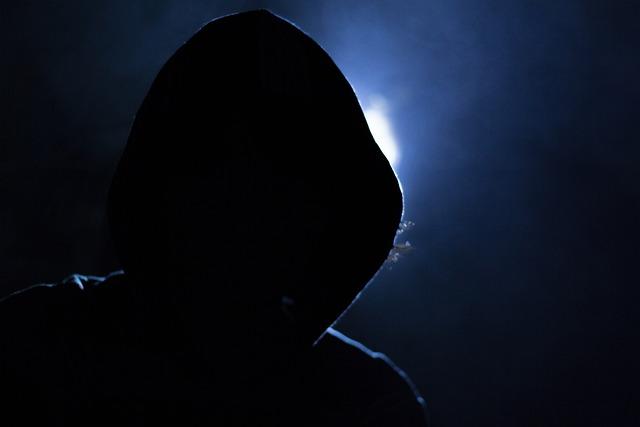
Italian researchers have unveiled a surprising technology capable of transforming Wi-Fi signals into biometric identity markers. Scholars from the Sapienza University of Rome—Daniele Pennone, Danilo Avola, Emad Emam, and Dario Montagnini—introduced a system called WhoFi, which harnesses variations in Wi-Fi signals to accurately identify individuals, even when they are not carrying a smartphone.
At the heart of the method lies the analysis of Channel State Information (CSI)—the characteristics of electromagnetic waves that record how signals are altered as they traverse physical space. Like all physical objects, the human body impacts the amplitude and phase of these signals, creating unique and repeatable distortions. Through the use of neural networks—specifically Transformer architectures—these signal anomalies can be transformed into a kind of “fingerprint,” enabling the identification of individuals within any Wi-Fi-covered environment.
According to the authors, their technology can achieve re-identification with remarkable precision—up to 95.5% accuracy—when tracking individuals as they move between rooms equipped with CSI-capturing Wi-Fi devices. The team tested their approach on the open NTU-Fi dataset, which contains CSI recordings from numerous volunteers. The results significantly outperformed earlier solutions, such as the 2020 EyeFi system, which reached only 75% accuracy.
The researchers emphasize that the challenge of re-identification is well-known in the realm of video surveillance, where cameras traditionally rely on external features such as clothing, gait, or facial recognition. However, such systems are vulnerable to poor lighting, physical obstructions, and privacy concerns. By contrast, Wi-Fi radio waves can penetrate walls and do not capture visual data, making the method both resilient to environmental factors and—according to its creators—more privacy-conscious.
The underlying premise is that even brief signal disruptions caused by the human body are not mere noise but intricate, distinctive imprints of one’s anatomy and movement. These microvariations in CSI are gathered and encoded within a neural model trained to distinguish individuals based on these patterns.
It is worth noting that Wi-Fi signals have long been explored in applications extending beyond data transmission. Over the past decade, wireless sensing technologies have enabled “vision through walls,” fall detection, presence awareness, and even gesture recognition—including sign language interpretation. Since the adoption of the IEEE 802.11bf standard in 2020, these capabilities have been formally encompassed under the concept of Wi-Fi Sensing, now championed by the Wi-Fi Alliance.
The Italian team’s innovation aligns with this broader trend. While they have not disclosed any commercial ambitions for the technology, they suggest it could be employed in security systems, access control, public space monitoring, and smart home environments—anywhere it is essential to verify that the same individual is entering a space.
Yet, despite the lack of visual identification, the approach raises pressing questions about privacy. The system’s ability to recognize individuals without their awareness or the need for personal devices introduces a new frontier for potential misuse. Nevertheless, the researchers underscore that the technology itself is neutral—its ethical implications will depend entirely on the context and regulatory framework in which it is applied.
The system’s name, WhoFi, can be interpreted as a play on words—“Who are you, via Wi-Fi.” Interestingly, the moniker is already used by a U.S.-based online service provider, though the developers seem unconcerned with verifying the brand’s availability.
If WhoFi proves reliable under real-world conditions, it may herald a new era of invisible identification—where individuals can be recognized simply by passing near a router. No phone. No speech. No deliberate action. Mere presence will suffice.






